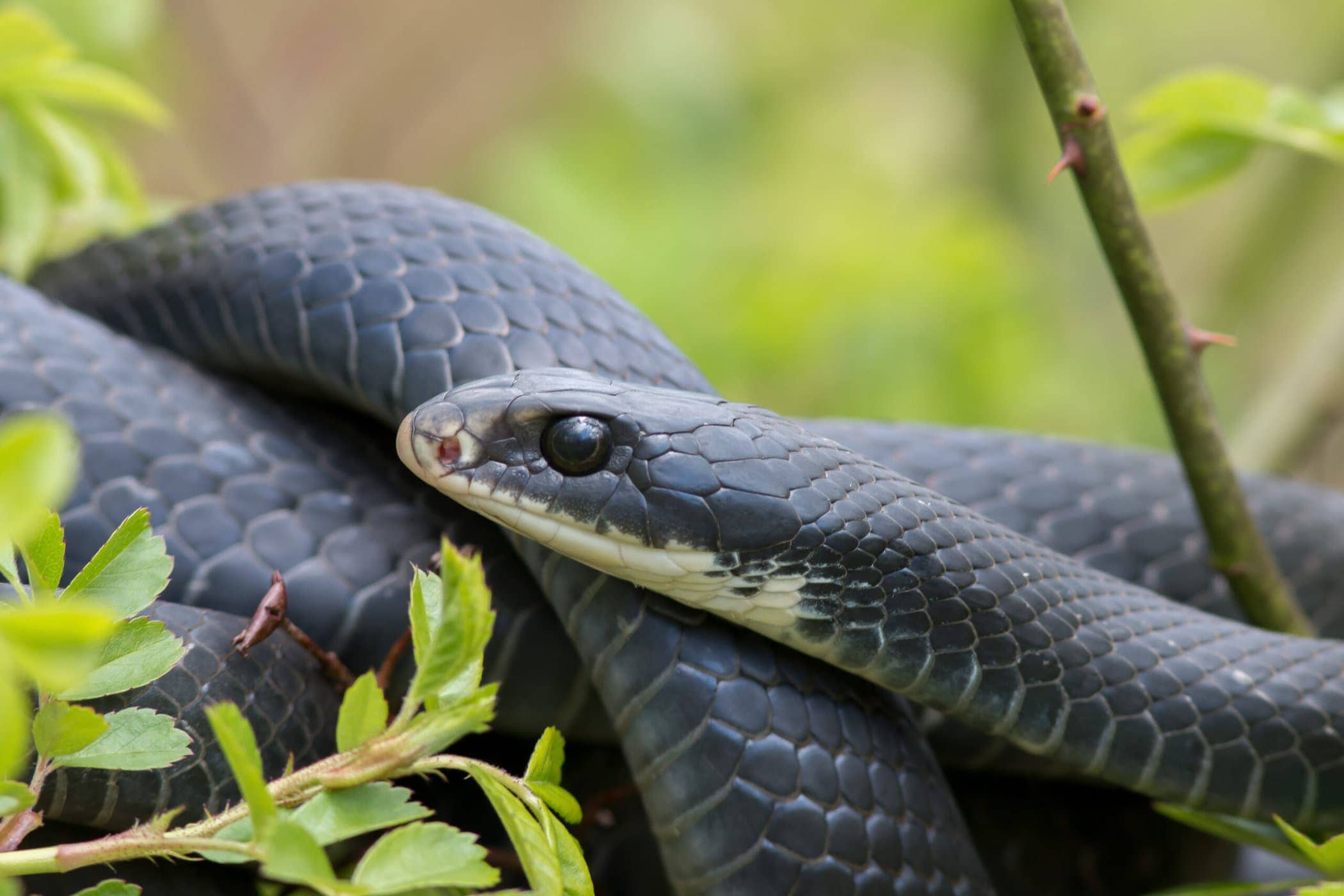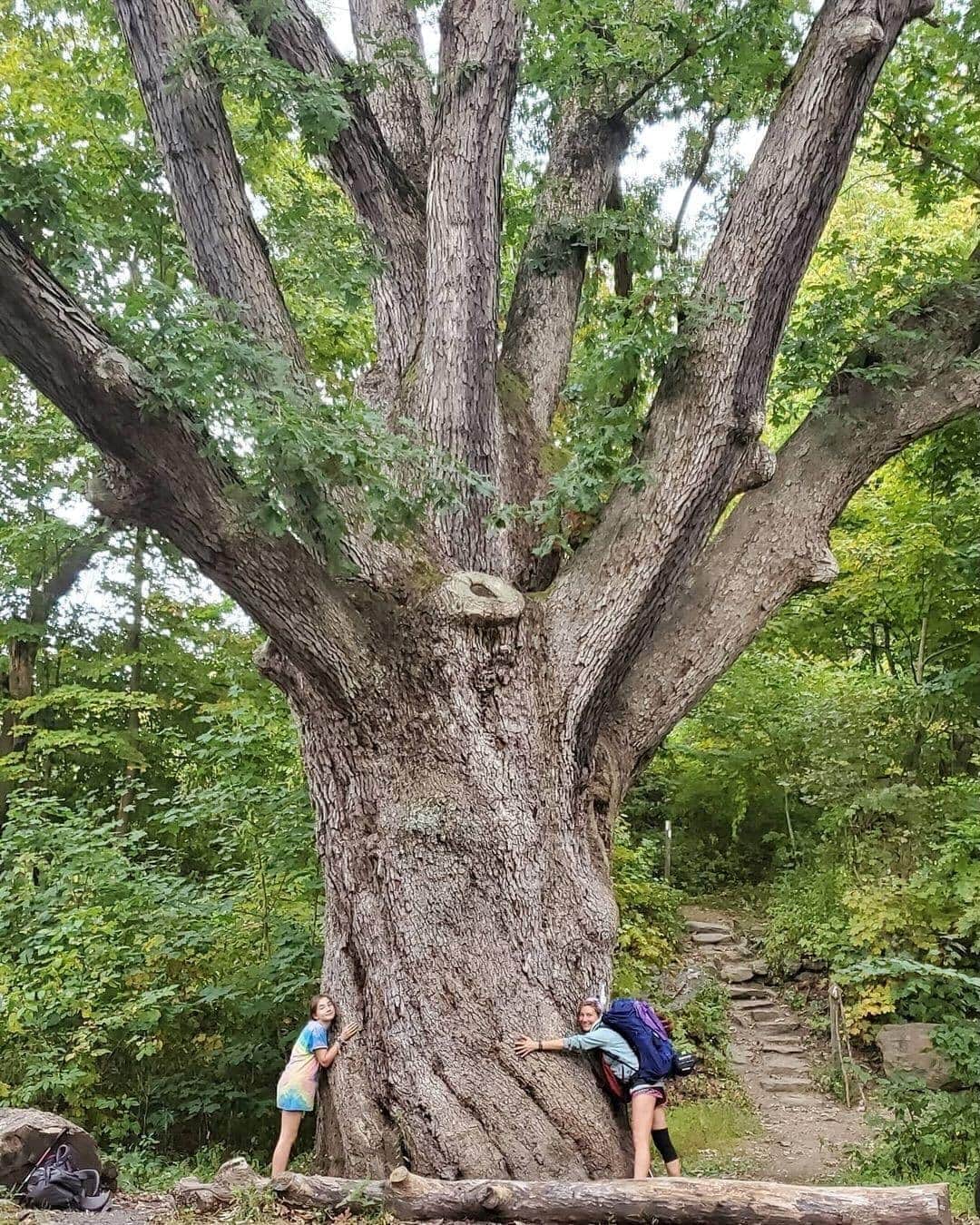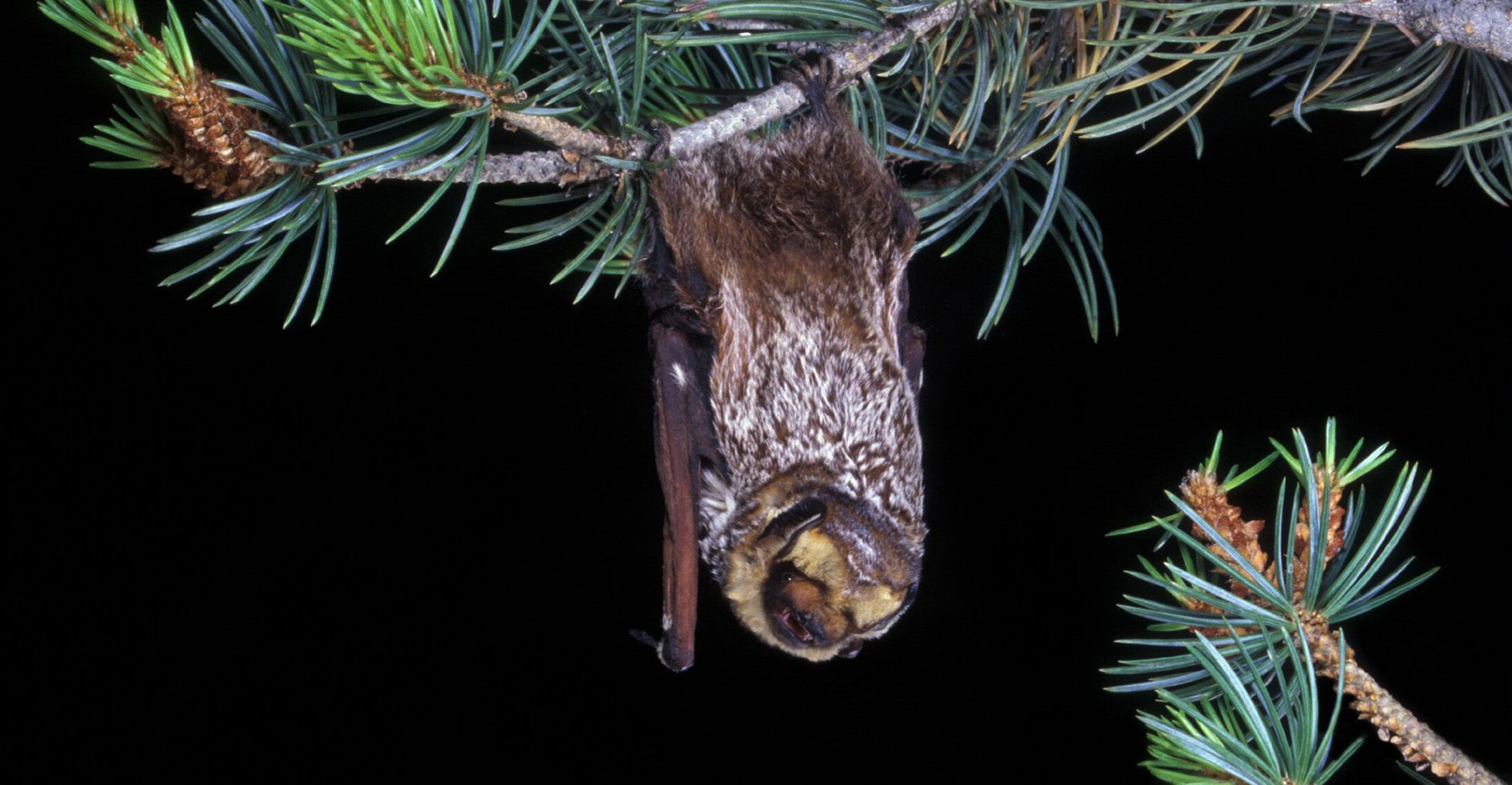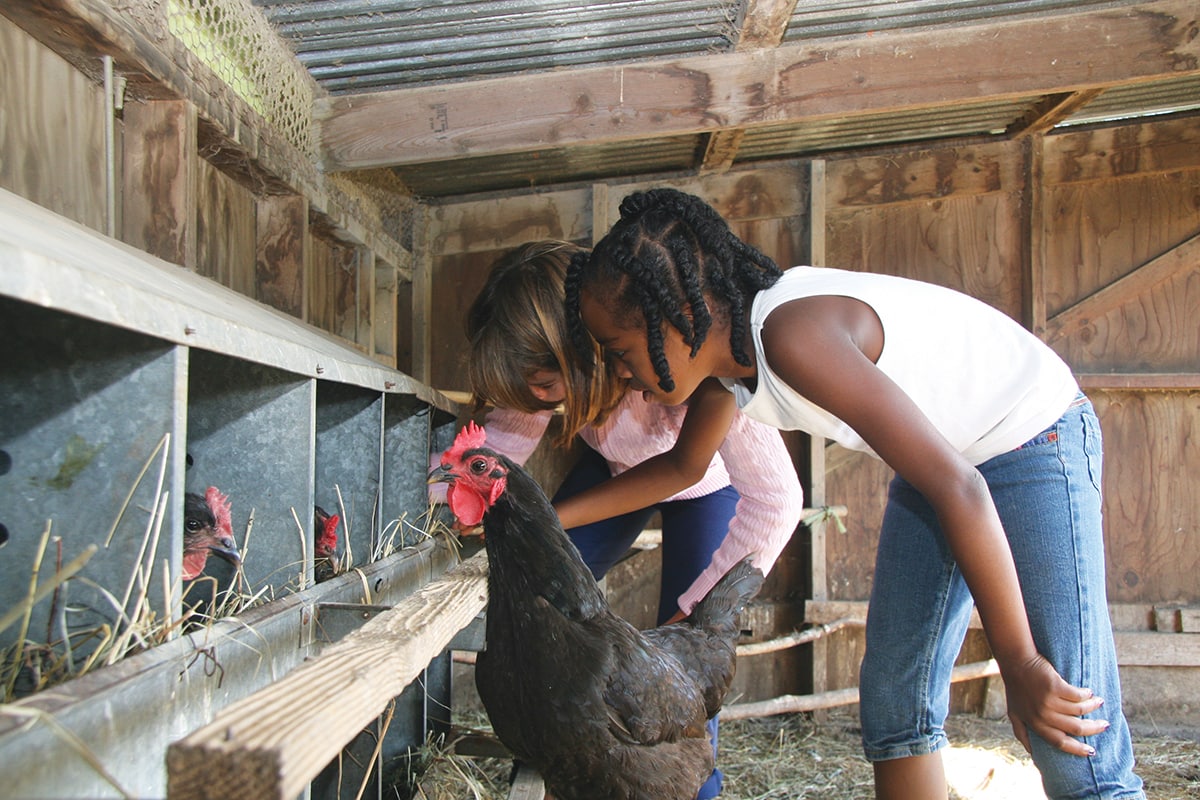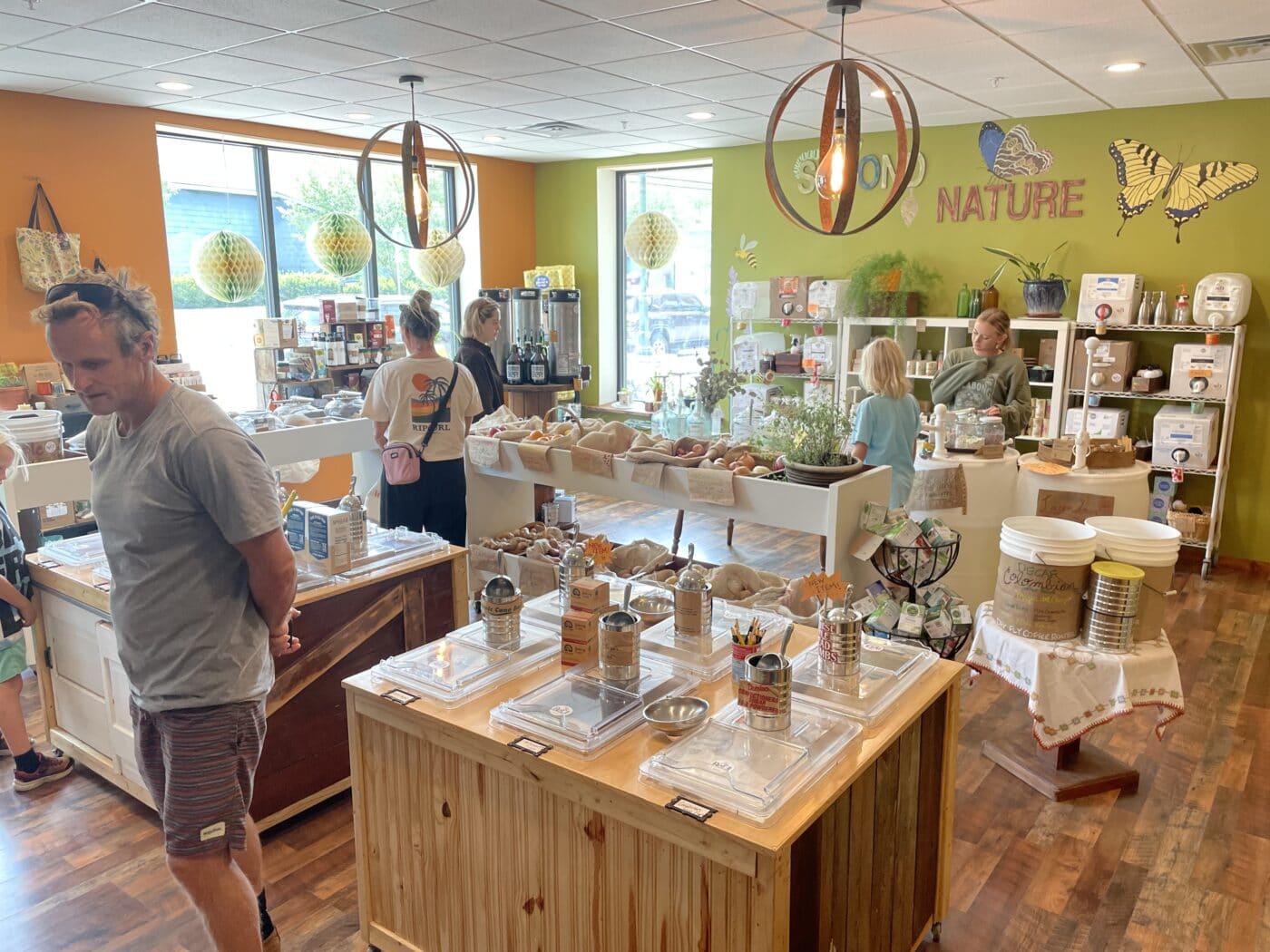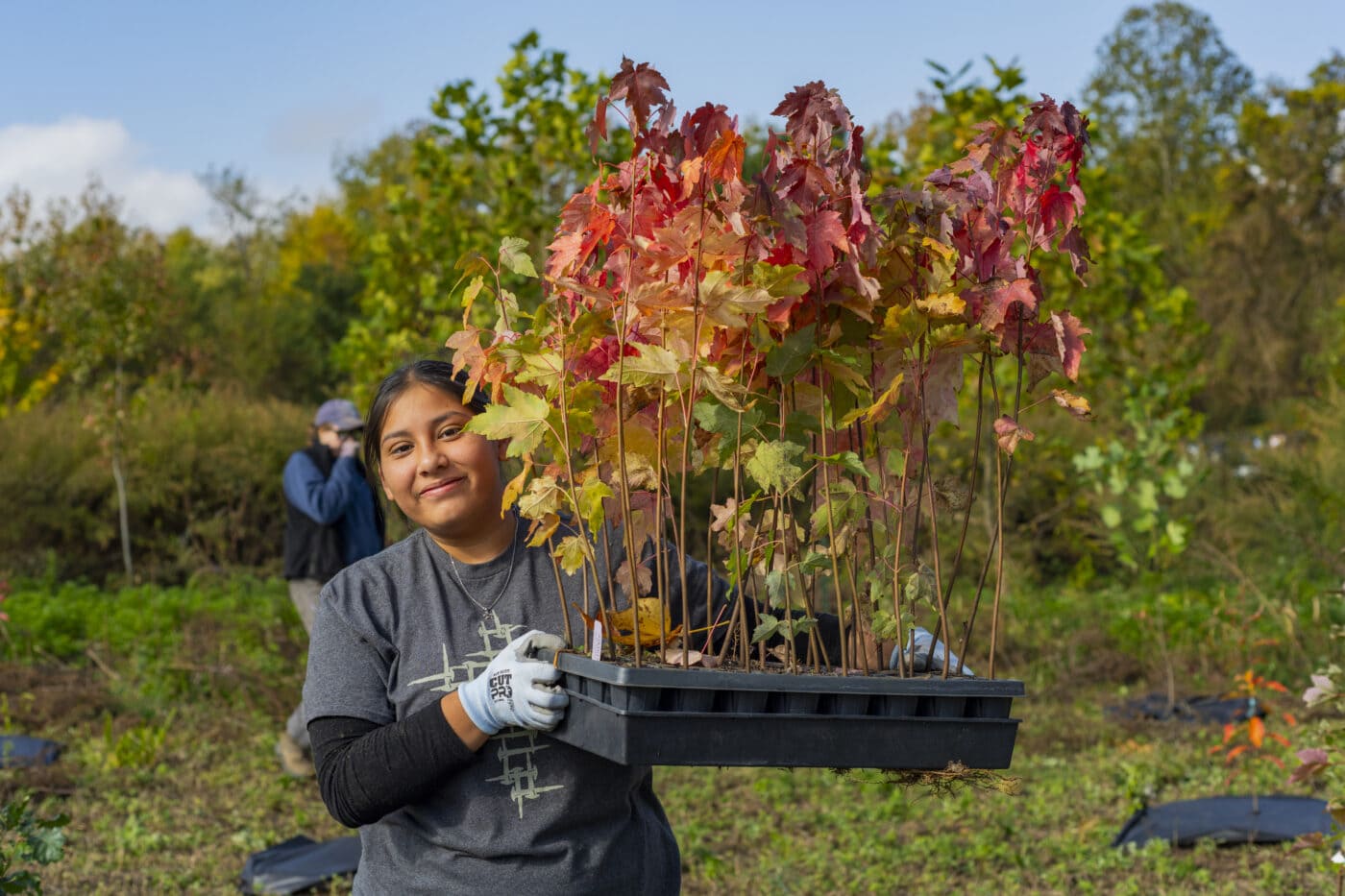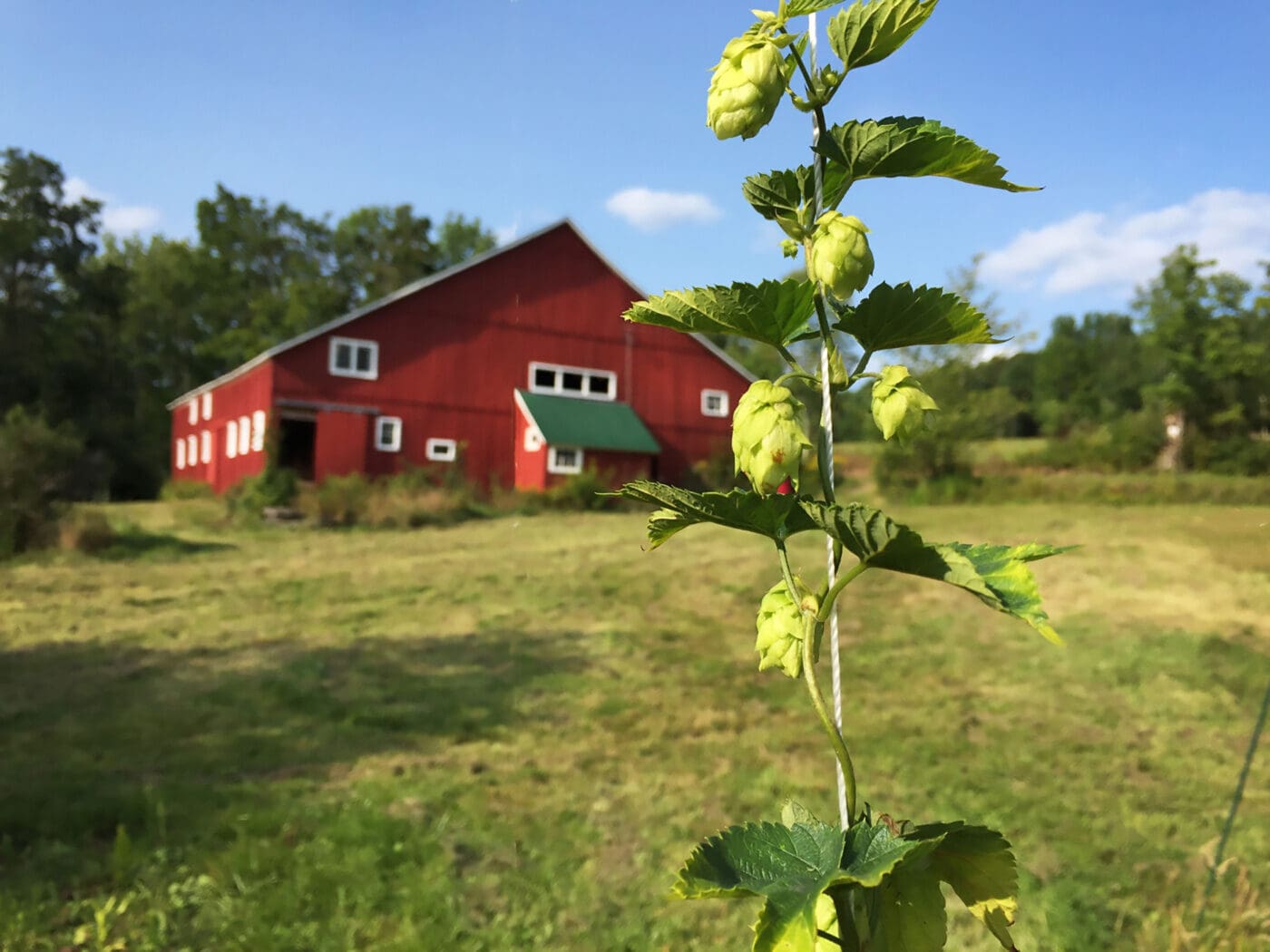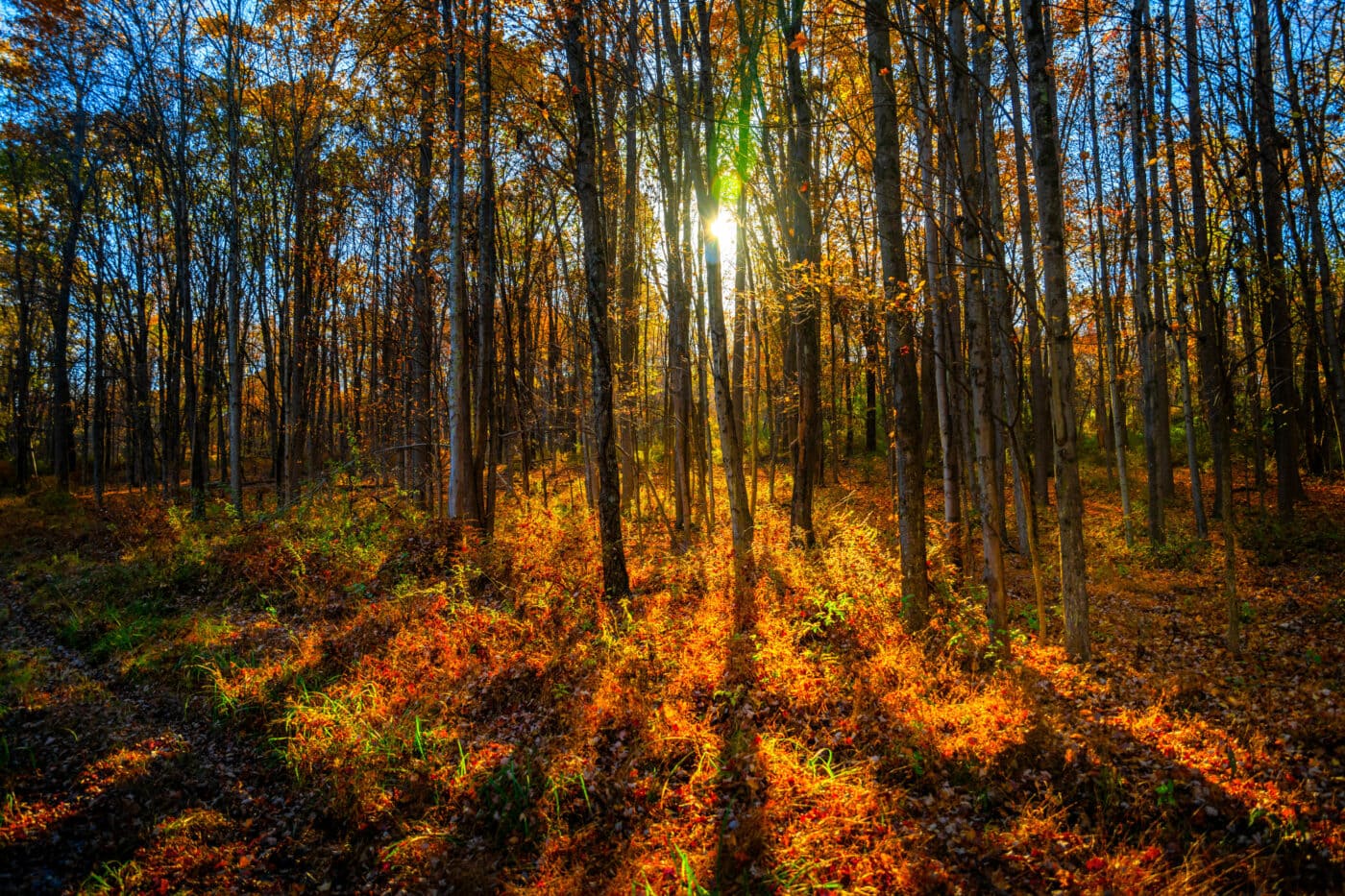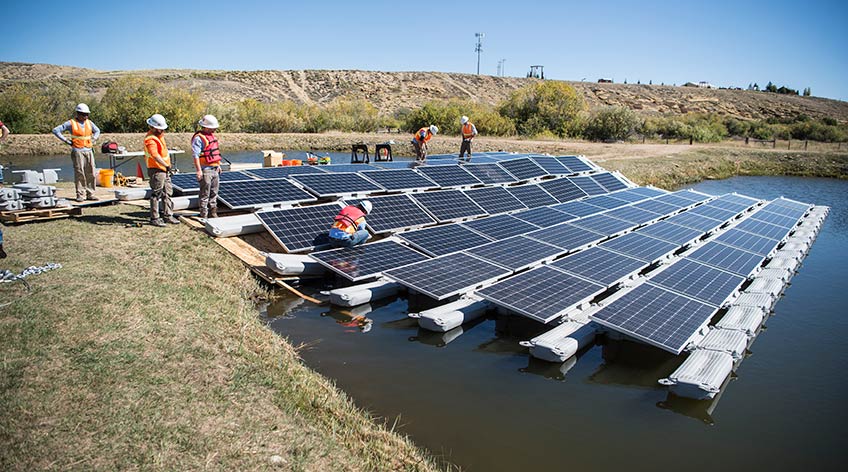Around late April, bog turtles began to emerge from their muddy hibernacula, or winter shelters, to greet another season in upstate New York. Although they’re one of the smallest turtle species in the world, growing up to just 4.5 inches long, Jason Tesauro hopes to find some of them.
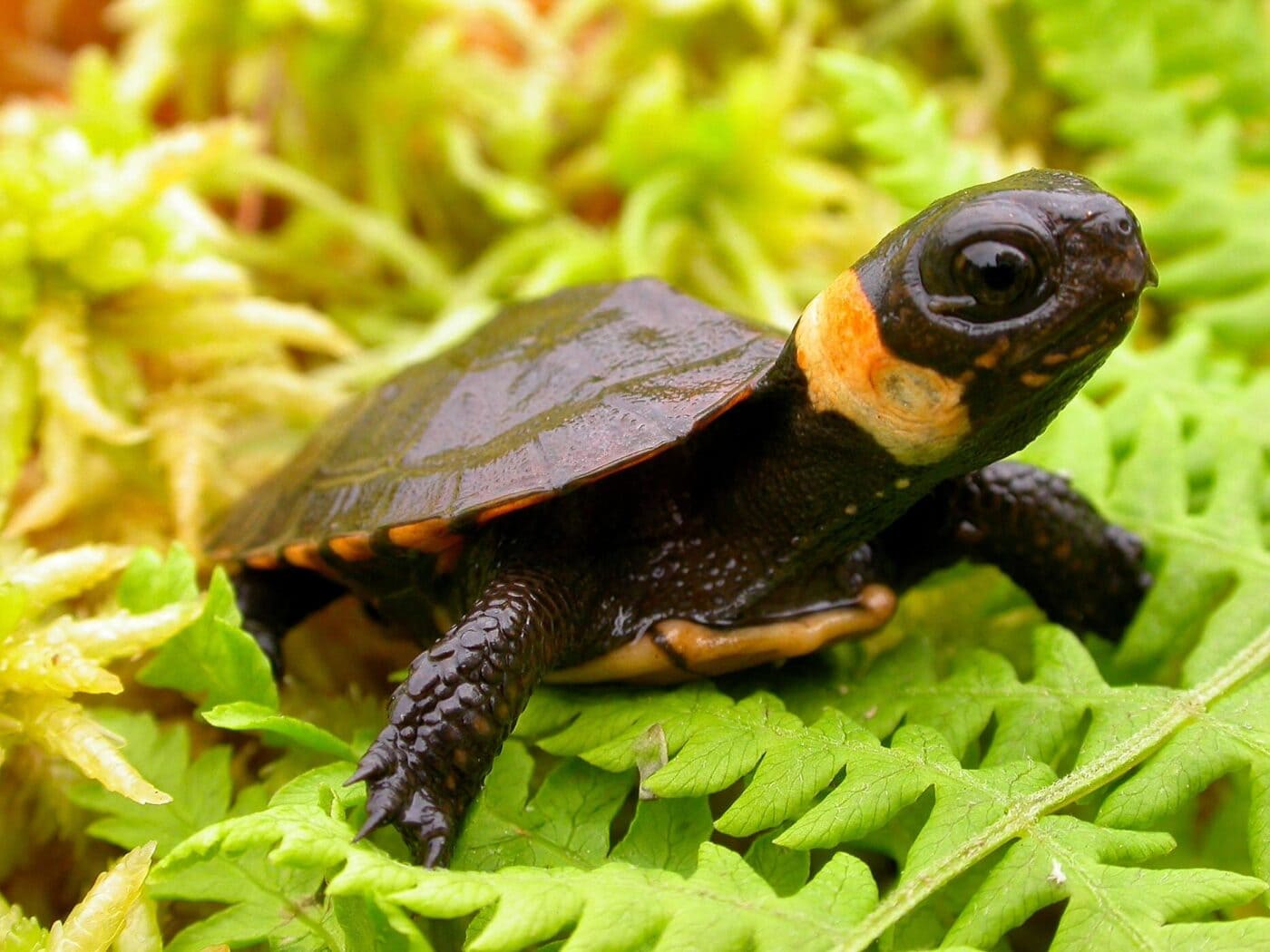
Tesauro works independently as an environmental consultant with a focus on reptile and amphibian conservation. Of all the projects that Tesauro has worked on in the past three decades in the Northeast, the little bog turtle has perhaps been his biggest focus.
Bog turtles are both tiny and shy. An adult could fit nicely in the palm of your hand. Their endangered status stems from a stubborn set of threats, including poaching and predation. (Despite their charisma, these extraordinarily vulnerable creatures should never be kept as pets, an illegal act that carries a fine of up to $25,000.)
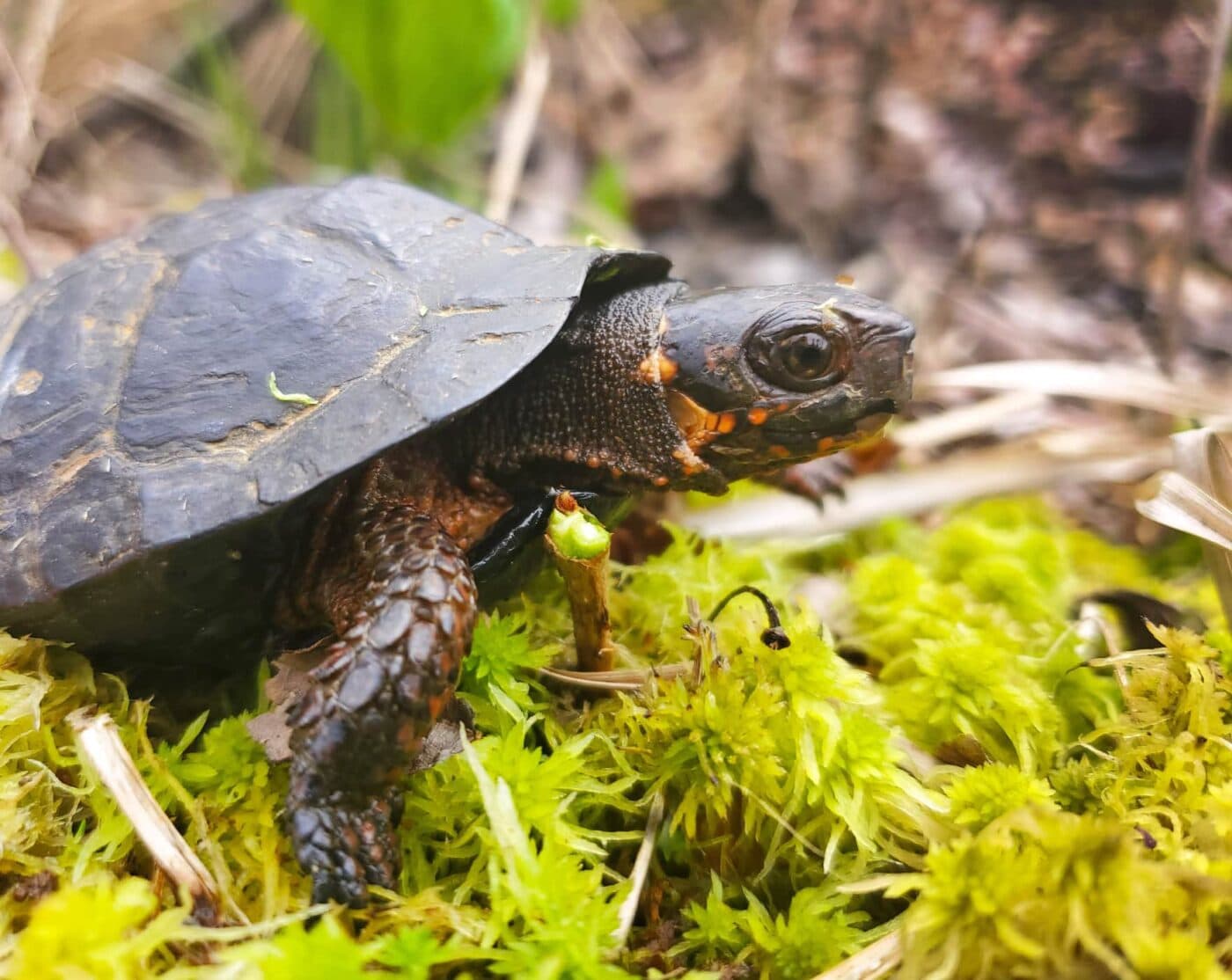
Worst of all the dangers, though, has been habitat loss when the wetlands bog turtles need are threatened with development.
One major player that Tesauro has worked with in keeping the bog turtle from disappearing forever is the Natural Resources Conservation Service, or NRCS, of the U.S. Department of Agriculture. The overlap of reptile conservation and agriculture may not be obvious, but it makes sense when you consider a few things about the bog turtle’s habitat.
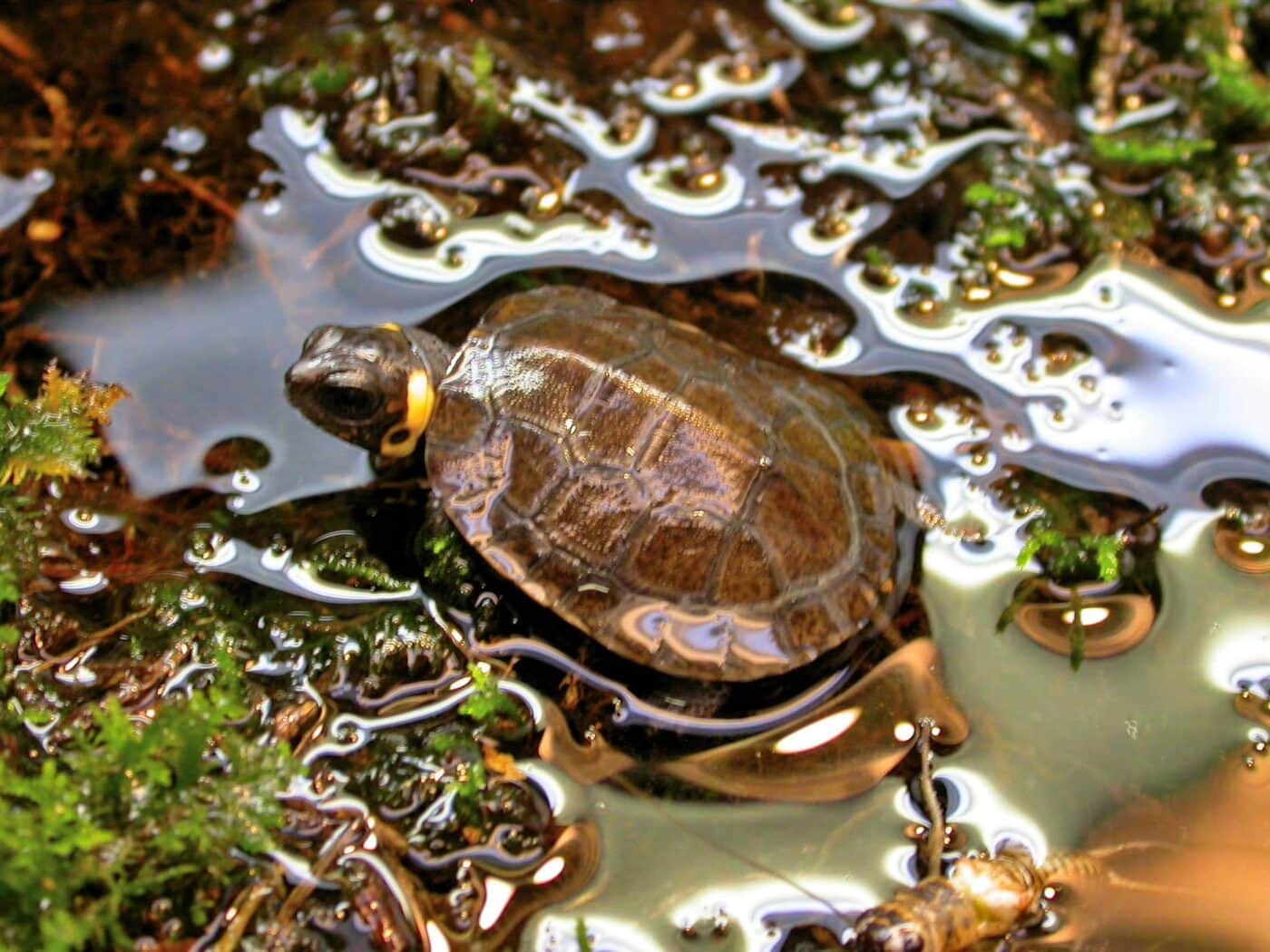
Despite their colloquial name, bog turtles actually prefer a unique type of wetland known as a calcareous fen. These fens are usually fed by groundwater that seeps through limestone in the bedrock and soil, making the habitat less acidic than most wetlands.
In place of trees, a calcareous fen can feature grassy hummocks and sedge tussocks scattered above the open water surface. This is the kind of home that can support a bog turtle for its entire life cycle — no migration needed.
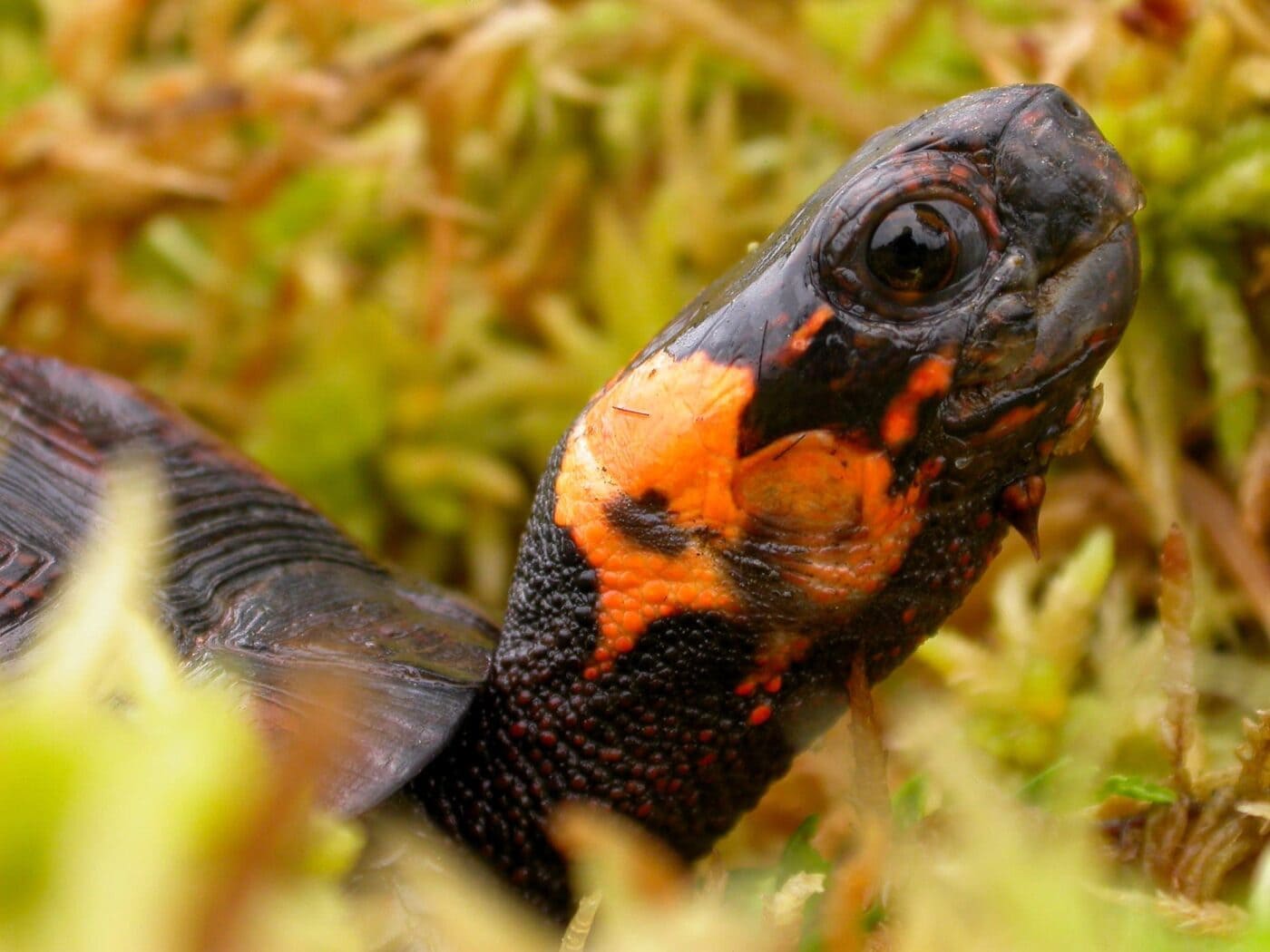
But what is often prime real estate for a small freshwater turtle is also prime real estate for residential and commercial construction. Most of the fen wetlands that haven’t been displaced by development are now found on private land used for agriculture, where they are prone to becoming overgrown with trees and invasive vegetation.
This is where the NRCS has found a way to turn the bog turtle’s plight into an arrangement that benefits the turtle and farmer alike.
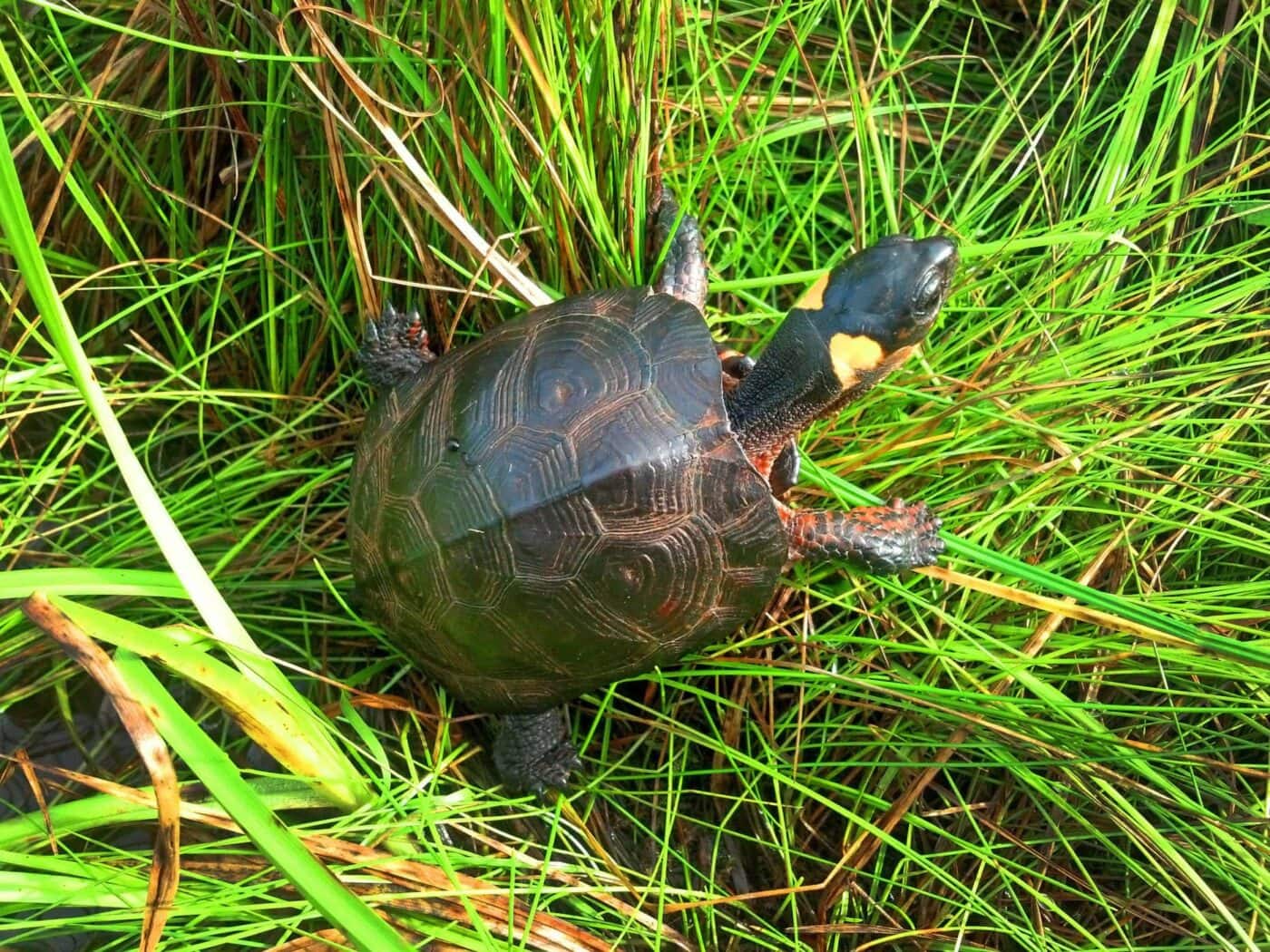
With funding from the Farm Bill, the NRCS administers the Wetland Reserve Easement Program. Participating landowners voluntarily allow the service to lead wetland habitat restoration efforts on their property. In exchange, landowners receive up to $10,000 per acre in payment.
Livestock can also be a major part of this arrangement. Some invasive species like reed canary grass can dominate the habitat, reducing plant diversity and making it difficult for the turtles to nest and thrive, says Elizabeth Marks, an area biologist with the NRCS. “The best way to restore a diversity of native vegetation is actually through livestock restoration grazing,” Marks says. “The animals target those invasive species because they are actually more palatable than a lot of the calcareous wetland species like sedges.”
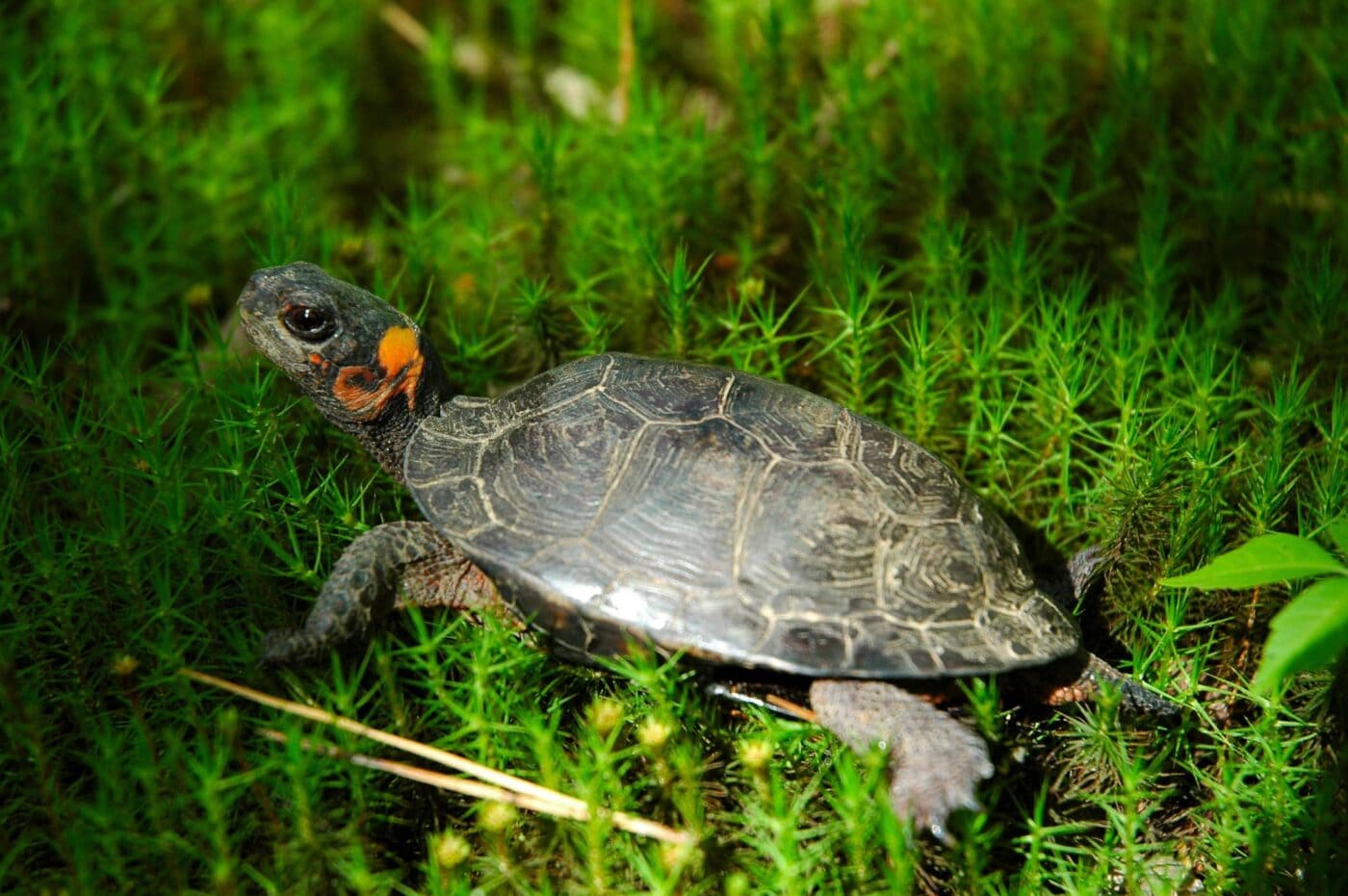
A windfall of bog turtle habitat easements was established in upstate New York between 2009 and 2012. “In New York, there are 11 bog turtle populations protected by 14 Wetland Reserve easements,” Tesauro says, noting that these sites cover 303 acres and benefit some of the most viable bog turtle populations in the state. Follow-up research has shown that the turtles are quick to make use of newly-opened habitats, he says, and the populations are “likely increasing in size and resilience.”
Several future Wetland Reserve easements for bog turtle habitats are in the works. Tesauro says that an easement is planned for 2024 that will protect a bog turtle population that he recently found in New York while doing some work with the U.S. Fish & Wildlife Service.
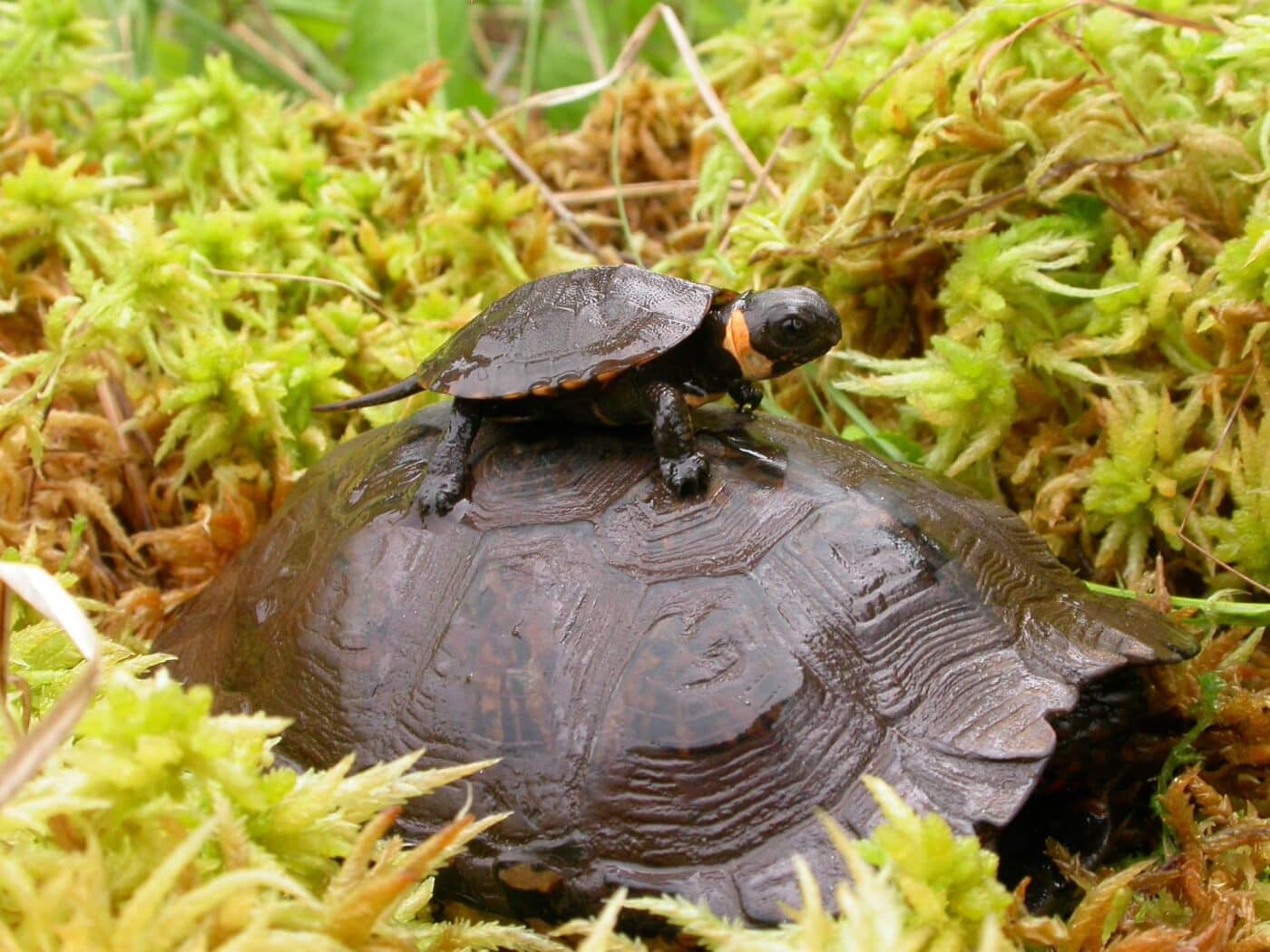
“We rediscovered bog turtles at a site where they hadn’t been observed in 25 years,” he said, adding that they found up to nine turtles in a day there, rather than the one or two he would normally expect to see. “It was a big get, it’s been many years since a site like that came back online.”
The USDA NRCS Wetland Reserve Easement Program is joined by other organizations in the effort to keep bog turtle populations thriving in New York.
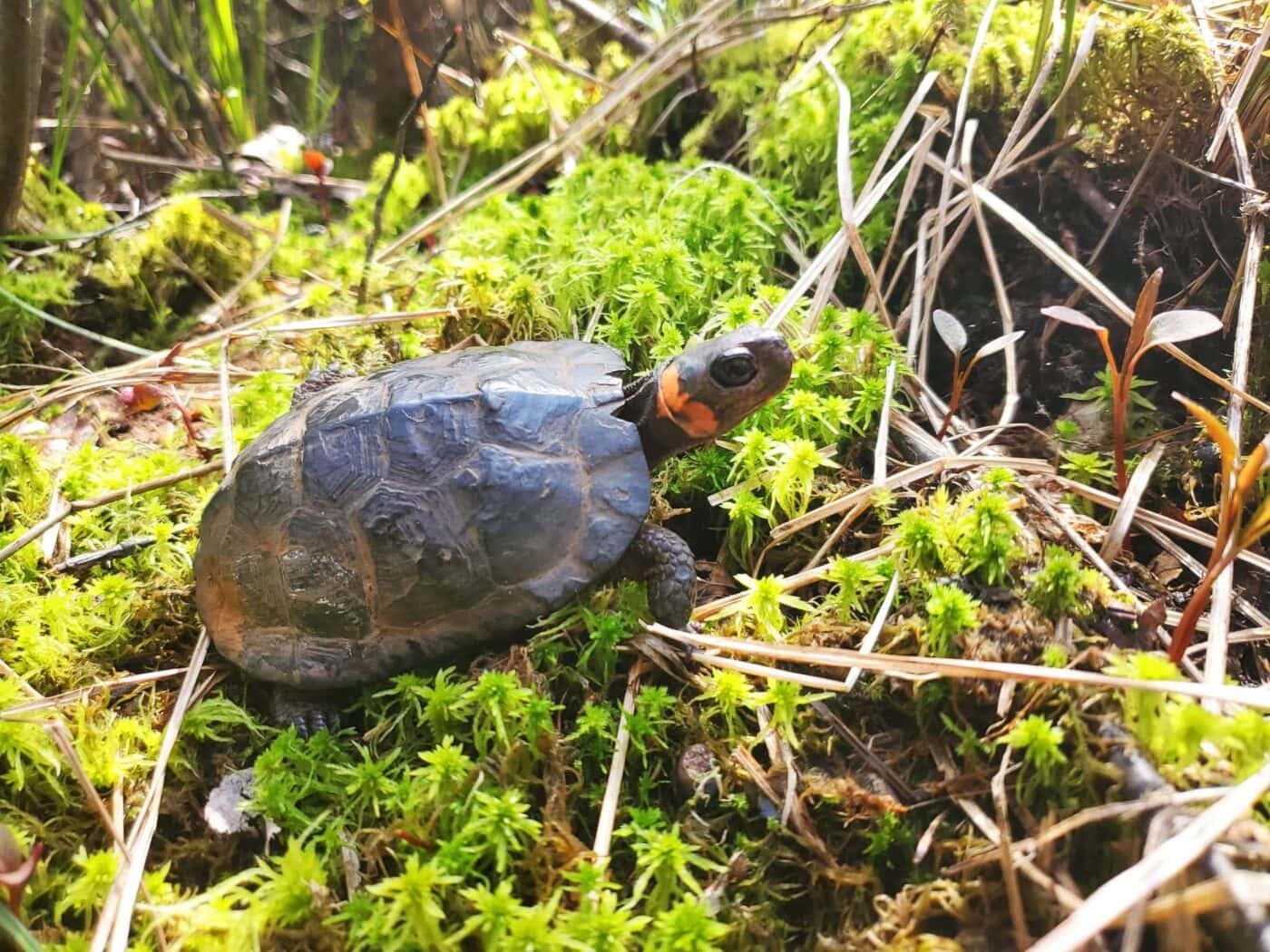
The Wetland Trust is a New York nonprofit that acquires and restores critical wetland habitats, creating preserves that protect bog turtles and other declining reptile and amphibian species. The New York Department of Environmental Conservation carries out surveys at specific wetland sites to gauge the health of bog turtle populations. And the U.S. Fish and Wildlife Service coordinates with these and other groups on the big-picture strategies. “We’re kind of the planners behind the scenes,” says Noelle Rayman-Metcalf, who is an endangered species biologist with the Fish & Wildlife Service, and also recovery lead for the bog turtle northern population.
Protecting more bog turtle sites will require continued support for these resources, especially the few biologists who can do the difficult work of surveying remote locations and looking for turtles. But Tesauro is convinced that these efforts will pay off in East Coast habitats where undiscovered bog turtle populations are waiting to be protected. “It’s a small pool of experts that are available to do this work,” he says. “But I’m sure there are turtles still out there.”




